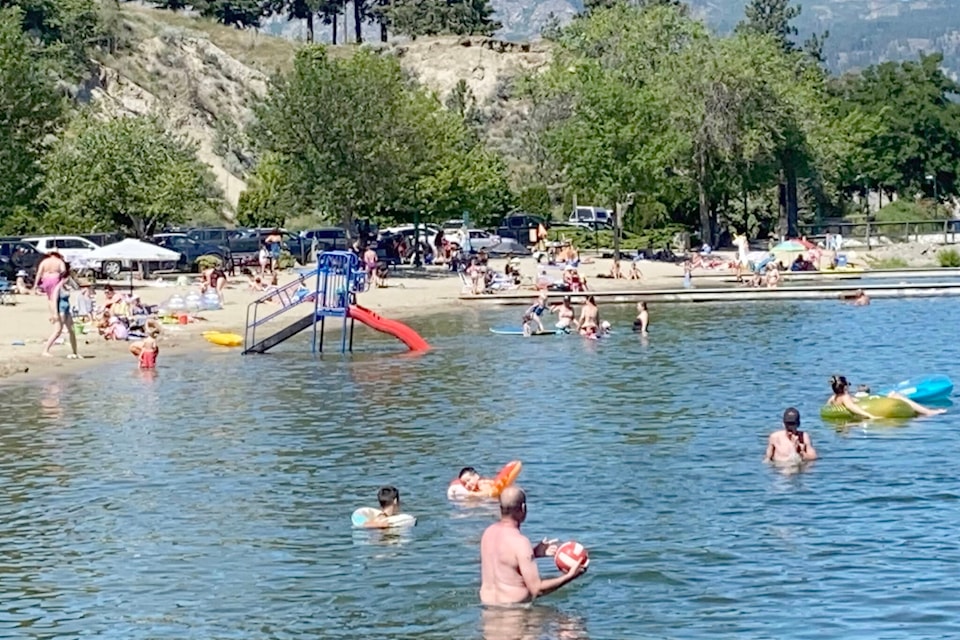While the summer of 2022 has not been defined by the heat dome and extreme temperatures of a year ago, high temperatures have once again been a significant problem in parts of the province.
During the July heat wave, 16 people died as a result of the hot weather late in the month and early into August.
Temperatures in parts of B.C.’s Interior reached 40 C.
READ ALSO:
READ ALSO:
In addition, emergency crews responded to 210 heat-related patient calls at the end of July and the beginning of August.
These numbers should show the hazards that can come as a result of an extreme heat event.
The statistics from the most recent hot weather event are less severe than the numbers recorded during the heat dome event in late June and early July, 2021. During that event, 619 people died as a result of the record-breaking temperatures and paramedics responded to 824 heat-related calls.
Still, the 16 deaths and 210 patient calls resulting from this year’s heat event are significant.
While some communities in British Columbia’s Southern Interior are known for hot summer temperatures, the heat this summer and last summer has been unusual.
In addition, some of the heat-related deaths have occurred in the Vancouver Coastal and Island Health areas, where the temperatures are normally moderate.
Prior to 2021, the province did not investigate heat-caused deaths. However, weather-related anomalies seem to be happening more frequently than in the past. Tracking heat-related deaths and medical calls make sense.
Because of the heat dome last year, some communities in British Columbia have been making plans to cope with future extreme heat events, by setting up water stations and designating facilities to be used as cooling centres during hot weather.
Collecting data from hot weather events can help communities as they plan for extreme weather emergencies, reducing the toll from hot weather events in the future.
— Black Press
To report a typo, email:
news@summerlandreview.com.
news@summerlandreview.com
Like us on and follow us on .



